Are you embarking on a painting project and wondering what the difference is between oil- and water-based paint and which is more suitable to your needs?
If you answered yes, then you’d find this article quite informative. It discusses the key difference between oil and water-based paint, looking keenly into their composition, consistency and texture, drying time, durability, odor, and more.
What is Oil-Based Paint?
Oil-based paint is a paint that consists of pigments suspended in oil, mainly linseed oil. Other oils, such as walnuts and safflower, can also be used. These oils bind the pigments, ensuring they adhere to the painting surface.
Advantages of Oil-Based Paint
There are many advantages to using an oil-based paint. Here are some of them:
Rich colors and depth: Oil-based paint produces rich, vibrant colors and has a depth often unmatched by other types of paint.
Durability: Once dry, oil-based paint forms a durable, long-lasting finish that is resistant to wear and tear. It’s less prone to cracking, chipping, or fading over time.
Versatility: Oil-based paint can be used on various surfaces, including canvas, wood, and metal.
Also Read: How to Identify Original Satin Paint in Nigeria
Disadvantages of Oil-Based Paint
Here are some disadvantages of oil-based paint you must take note of:
Slow drying time: Oil paints can take days, weeks, or even months to fully dry, depending on factors such as humidity, temperature, and the thickness of the paint layers.
Odor and Toxicity: Oil-based paints contain volatile organic compounds (VOCs) that can emit strong odors and fumes during application and drying.
Difficulty with Water Cleanup: Oil-based paints require more than water to be cleaned up. You need solvents to thin the paint, clean brushes, and tools, and remove paint from surfaces.
What is Water-Based Paint?
Water-based paint, also known as latex or acrylic paint, is a paint where the pigment is suspended in a water-based solution. Unlike oil-based paint, which uses drying oils as a binder, water-based paint uses water as the primary solvent and binder.
Advantages of Water-Based Paint
Here are the advantages of using water-based paints in your homes or projects:
Quick drying time: Water-based paint dries much faster than oil-based paint. It easily dries up in minutes or hours, depending on the humidity and temperature.
Low odor: Water-based paint emits fewer volatile organic compounds (VOCs) than oil-based paint, resulting in a lower odor during application and drying.
Easy cleanup: Water-based paint can be easily cleaned with water and soap, eliminating the need for harsh solvents or thinners.
Durability: Water-based paint forms a flexible, durable finish resistant to cracking, peeling, and fading.
Disadvantages of Water-Based Paint
Here are some drawbacks of water-based paints you should take note of:
Less Coverage: You may need to add more coats to achieve the coverage you want with water-based paint.
Less Resistance to Stains and Moisture: Water-based paint is generally less resistant to stains and moisture than oil-based paint.
Adhesion Issues on Certain Surfaces: Water-based paint may have difficulty adhering to certain surfaces, such as glossy or non-porous materials like glass, ceramic, or metal.
Now that you know what oil and water-based paints are, let’s look at their differences and which suits your needs better.
Also Read: How to Start a Paint Production Business from Home Nigeria
Difference between Oil and Water Based Paint
Here are the critical differences between oil and water-based paints:
1. Composition
The major difference between oil and water paints is their composition. Oil paints are made by suspending pigment particles in a drying oil, mainly linseed oil. On the other hand, water paints are made by suspending pigments in a water-based solution, mainly gum Arabic.
2. Consistency and Texture
Oil-based paints are thick and viscous, enabling you to manipulate them on painting surfaces. Their slow drying time allows you to layer and blend them easily until you achieve the desired results.
Water-based paints are thinner and more translucent. They flow easily onto any surface you’re applying them to. However, unlike oil-based paints, they dry quickly on surfaces, which makes it difficult to blend and layer them to your taste.
3. Drying Time
Another difference between oil and water paints is their drying time.
Oil paints have a slow drying time, often taking hours, days, or even weeks to fully dry, depending on the thickness of the coating and environmental conditions.
On the other hand, water-based paints dry quickly, usually within minutes. This requires you to work swiftly to get the desired texture before the paint dries.
4. Durability
Oil and water-based paints are both durable but have varying levels of durability. Oil paints are more durable than water paints because of the long-lasting and resistant finish they form once dried up. They’re less prone to cracking, chipping, and fading over time, making them ideal for surfaces prone to wear and tear.
Water-based paints, on the other hand, offer good resistance to scratches and wear, especially when properly mixed and applied. However, they may not be as durable as oil-based paints in areas with high levels of wear and tear.
5. Odor
One of the prominent differences between oil and water paints is the odor.
Water-based paints generally have a mild odor that disappears after a few days or weeks. That’s why you can paint your house with water-based paint and move in after a day or two.
Conversely, oil-based paint has a stronger odor, which can last a couple of weeks or even months. This makes them more suitable for highly ventilated areas, as using them in areas with less ventilation can cause choking.
6. Surface Usage
Oil paints can be used on various surfaces, including wood, canvas, metal, concrete, paper, and glass. This makes them a favorite for many painting projects, especially in high-traffic areas.
Water-based paints are also applicable to multiple surfaces, including wood, cement, metal, and vinyl surfaces. However, you’d find out they’re less effective on glossy surfaces than oil-based paints.
Also Read: How to Know if the Paint is Expired in Nigeria
Conclusion
Both oil and water-based paints are excellent for various purposes, including interior, exterior, artistic paintings, and lots more. However, the choice between them depends on your project requirements and preferences.
While oil-based paints work better on wood, metals, and trims, water-based paints work better on plaster, concrete, and drywall.
Hopefully, this article has helped you identify the difference between the two and provided insights into which works better for your project.






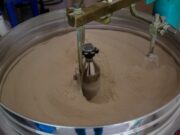



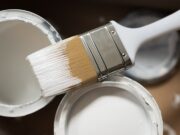

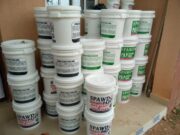











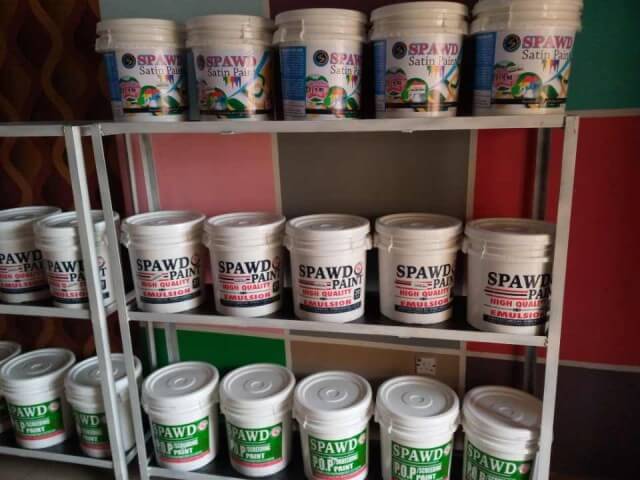
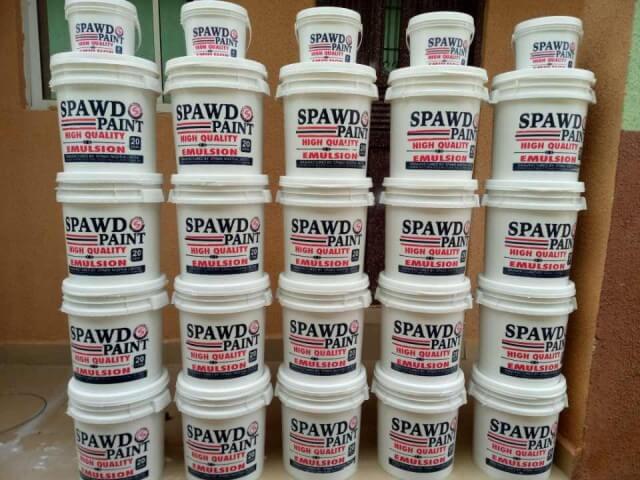






[…] Also Read: What is the Difference Between Oil and Water Based Paint? […]
Thank you
[…] can consider the difference between oil- and water-based paint because water-based paints have lower odor and emit fewer harmful fumes during application unlike […]
[…] Also Read: What is the Difference Between Oil and Water Based Paint? […]